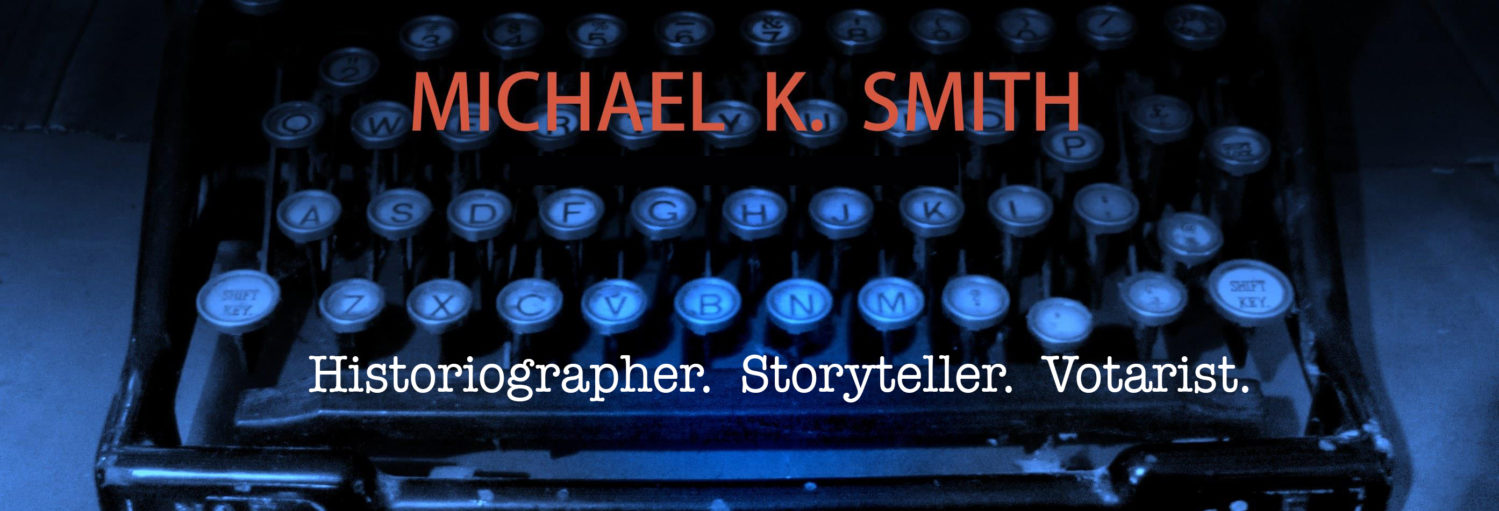
My first two novels were about fictitious men in the Civil War and both followed a vague timeline scripted by history. The story of Andrée (Dedee) de Jongh, on the other hand, offered a chance to write something different. Dedee’s story is about a real person, and while little was written about her life in WW2, the parameters of writing changed dramatically. Writing about a real person meant that I had to be true to her defined character in every word I wrote about her—as opposed to writing about a fictitious person which would allow me to improvise and suit the character to the story.
In the first half of the book, readers find out who Dedee really was. She was a true Belgian patriot and passionately despised the German’s for invading and occupying her country. Time and time again, she outwits her German protagonists with cunning preciseness. By researching published journals, her early participation in the war and the methods she used to create the war’s most successful escape line, could be pieced together. While private conversations and specific day-to-day activities were not recorded, her general location during the early part of the war could be ascertained through reference books and documents, the latter of which were available online.
Composing this part of her story required a different discipline than I had been used to. The timeline had to dance to the beat of history as did her accomplishments. My writing felt constricted. Early drafts were stilted and awkward. I couldn’t let my imagination work as I normally do, and as a result, the product seemed unnatural. For example, when Dedee sleeps with her four evaders early in the book, I wanted to make the scene much more dramatic, however, several research sources had recorded that actual scene in books written about others who had shared her bed. I had to tell it the way it actually happened. One reviewer called the scene ‘contrived’ and I can see the point, but that was truly the way it happened. Over time, as I drew to better understand who Dedee really was, composing her early participation in the war became easier. The first half took me six months to draft after all the research was completed.
In the second half of the book, Dedee has been captured and spends the rest of the war in prisons and concentration camps. Because of the paucity of information from inside the camps, very little was known of her activities. Many journals have recorded the concentration camp lives of survivors, so her activities followed what might have happened based on those stories. As a result of no longer being constricted to a specific timeline, I felt much freer to improvise which, for me, allowed me to better demonstrate her character. It was like walking out of a small closet into a large room. For instance, when Dedee is working in a Seiman’s factory near the camp, she outsmarts the Germans by making defective parts right under the their noses without them even suspecting. I drafted the second half in less than thirty days.
When I started my research for this book, I felt like I was infringing on Dedee’s life. She was a very private person who eschewed the spotlight. I was an outsider trying to expose her story. As I learned more and more about this unbelievable woman, I fell in love with her. Her story needed to be told. I’ve read the last twenty pages many, many times and I still cannot read it with a dry eye because I feel so close to her. I hope readers of The Postwoman come away with the same feeling.
Click here to learn more about The Postwoman, based on the true story of Andrée de Jongh.

Leave a Reply